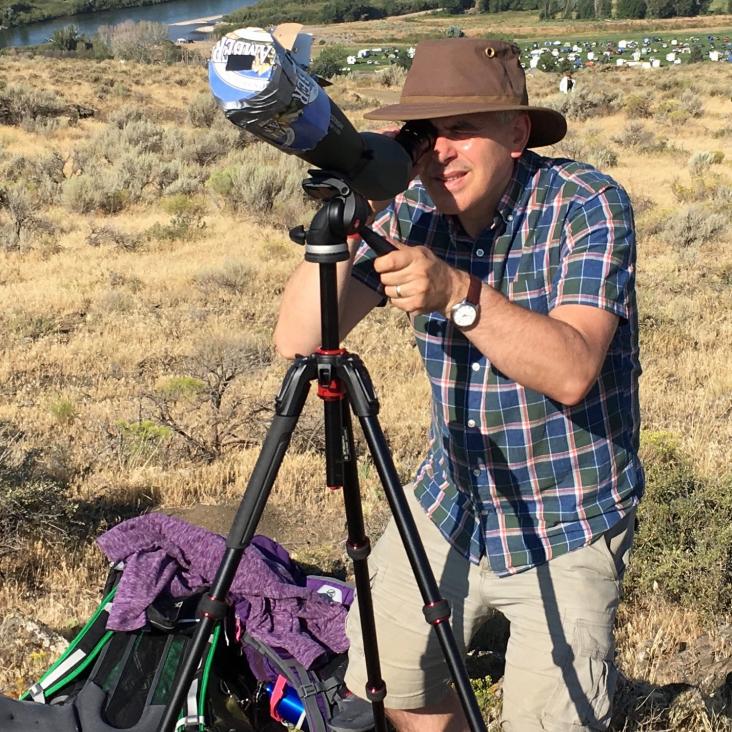The C-Band All-Sky Survey: Instrument design, status, and first-look data
Abstract:
The C-Band All-Sky Survey (C-BASS) aims to produce sensitive, all-sky maps of diffuse Galactic emission at 5 GHz in total intensity and linear polarization. These maps will be used (with other surveys) to separate the several astrophysical components contributing to microwave emission, and in particular will allow an accurate map of synchrotron emission to be produced for the subtraction of foregrounds from measurements of the polarized Cosmic Microwave Background. We describe the design of the analog instrument, the optics of our 6.1 m dish at the Owens Valley Radio Observatory, the status of observations, and first-look data. © 2010 SPIE.A 33-GHz Very Small Array survey of the Galactic plane from ℓ= 27° to 46°
Abstract:
The Very Small Array (VSA) has been used to survey the ℓ∼ 27° to forumla region of the Galactic plane at a resolution of 13 arcmin. This ℓ-range covers a section through the Local, Sagittarius and the Cetus spiral arms. The survey consists of 44 pointings of the VSA, each with an rms sensitivity of ∼90 mJy beam−1. These data are combined in a mosaic to produce a map of the area. The majority of the sources within the map are H II regions.
The main aim of the programme was to investigate the anomalous radio emission from the warm dust in individual H II regions of the survey. This programme required making a spectrum extending from GHz frequencies to the far-infrared (FIR) IRAS frequencies for each of nine strong sources selected to lie in unconfused areas. It was necessary to process each of the frequency maps with the same u, v coverage as was used for the VSA 33 GHz observations. The additional radio data were at 1.4, 2.7, 4.85, 8.35, 10.55, 14.35 and 94 GHz in addition to the 100, 60, 25 and 12 μm IRAS bands. From each spectrum the free–free, thermal dust and anomalous dust emission were determined for each H II region. The mean ratio of 33 GHz anomalous flux density to FIR 100 μm flux density for the nine selected H II regions was ΔS(33 GHz)/S(100 μm) = 1.10 ± 0.21 × 10−4. When combined with six H II regions previously observed with the VSA and the Cosmic Background Imager, the anomalous emission from warm dust in H II regions is detected with a 33 GHz emissivity of 4.65 ± 0.40 μK (MJy sr−1)−1 (11.5σ). This level of anomalous emission is 0.3 to 0.5 of that detected in cool dust clouds.
A radio spectrum of the H II region anomalous emission covering GHz frequencies is constructed. It has the shape expected for spinning dust composed of very small grains. The anomalous radio emission in H II regions is on average 41 ± 10 per cent of the radio continuum at 33 GHz. Another result is that the excess (i.e. non-free–free) emission from H II regions at 94 GHz correlates strongly with the 100 μm emission; it is also inversely correlated with the dust temperature. Both these latter results are as expected for very large grain dust emission. The anomalous emission on the other hand is expected to originate in very small spinning grains and correlates more closely with the 25 μm emission.


